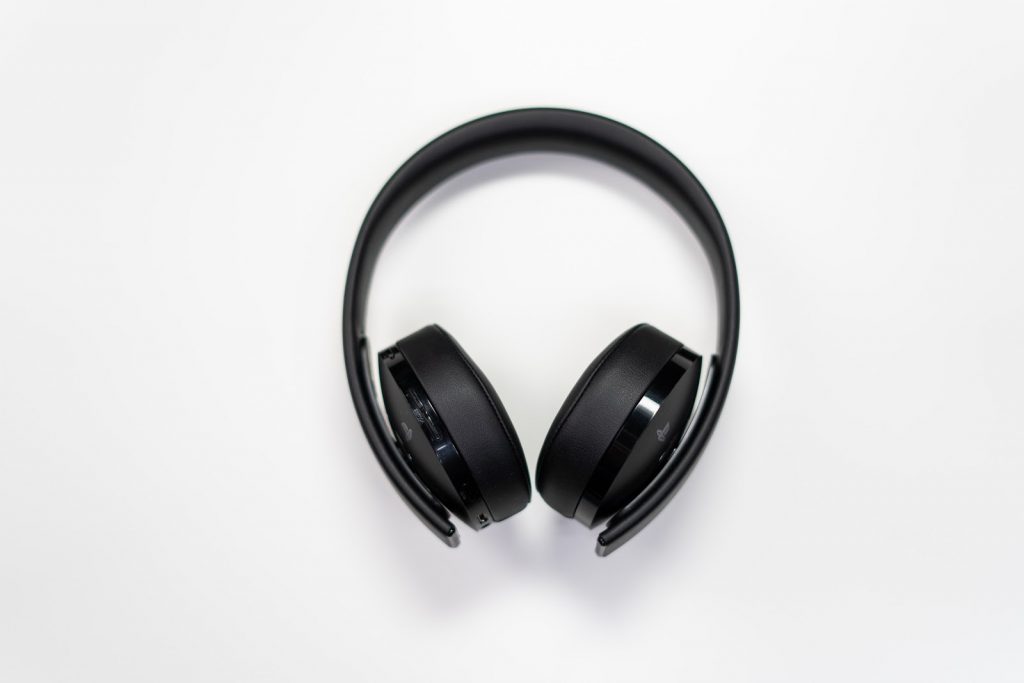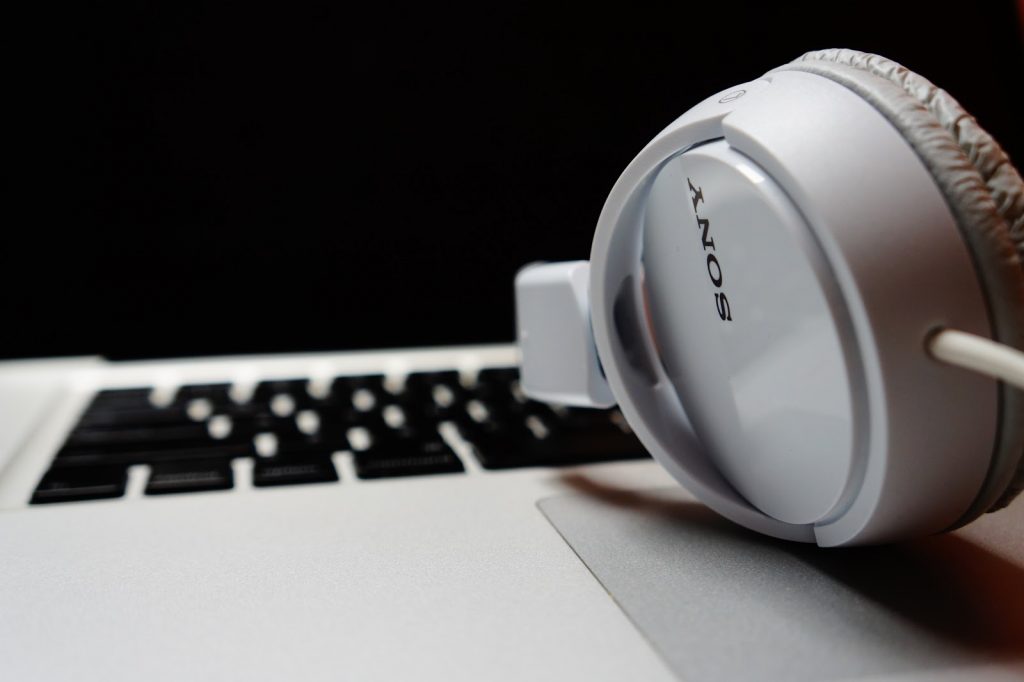To sign up for our daily email newsletter, CLICK HERE
Here’s what you need to take into consideration when you’re in the market for some new programming headphones.
Programming is a job that requires an immense amount of concentration. Making a single mistake can easily cause a chain reaction of problems, so it’s important to maintain a good level of focus.
Having sub-par headphones can do more harm than good. Distractions can be caused by low noise isolation, discomfort, and constant disconnections. If you experience any of these, perhaps it’s time for a new pair.
A great pair of headphones will go a long way and help you stay productive. Let’s take a look at what you need to consider when shopping for some headphones as a programmer.
Noise Cancellation & Isolation
Outside noise can easily disturb or disrupt a productive flow. How do you prevent this? The answer is noise cancellation.
Noise cancellation is an active form of noise isolation. Noise cancelling headphones work by actively detecting external noise and using anti-noise signals to cancel it out. This ensures that you’re only hearing what you want to hear through the headphones. It intends to completely immerse the user in the audio being played.
Of course, this doesn’t mean you should set aside noise isolation. Noise isolation refers to how the headphones use their physical construction to block out noise rather than electronics.
When shopping for your next pair of headphones, see if they feature active noise cancellation, and try them out to see how effective their noise isolation is, too. Both are important if you want to block out the outside world when your headphones are on, and focus on your codes.
Should You Go Wireless?

Headphones are steadily moving more towards wireless, as seen with the rise in true wireless earbuds offered by leading tech companies like Apple and Samsung. But, is wireless really better than wired? Well, it’s all dependent on how you’re planning to use your headphones.
If you’re a programmer, it’s safe to say that you spend a lot of time sitting down at your desk to work. Wired headphones have the benefit of not needing a charge, and are considered to have better sound quality compared to their wireless counterparts at the same price point. However, cord entanglement can be a nuisance, and in recent years, popular devices like smartphones have started to remove the standard headphone jack used to connect headphones.
Wireless headphones are great for those who like to work here and there while on-the-go. While you do need to charge them, they’re far more superior than wired headphones in terms of portability.
On-Ear vs Over-Ear
Headphones are available in two styles: on-ear or over-ear.
On-ear headphones’ earpads rest on your ears. They’re lighter than over-ear headphones and are the favorable option of the two in terms of portability. However, because they don’t create a good seal against your head, noise isolation can be a problem.
Over-ear headphones’ earpads encompass your ears, creating a seal that helps with passive noise isolation. Because they don’t rest on your ears, they don’t apply any pressure to your ears which would otherwise cause discomfort. Although they are heavier, they are the most popular choice as they provide a more natural listening experience thanks to their spacious design.
Going for over-ear or on-ear relies heavily on your preferences, though. But if you like noise isolation and comfort, it’s safe to say that over-ear may be your best bet.
Closed-Back vs Open-Back

In addition to whether you want on-ear vs over-ear headphones, you also need to decide between closed-back and open-back. The biggest difference between these two is noise isolation, and your choice should reflect the type of environment you work in.
Closed-back headphones feature an enclosed panel on the outside of the headphones to keep sound in. This prevents sound from escaping and leaking outside and also helps prevent outside noise from intruding in. Closed-back is a necessity if working in a professional environment, as they stop others from hearing what you’re listening to.
Open-back headphones generally have vents or grills on their outside panel. This allows air to move freely through the headphones. Open-back headphones are known for having better sound quality as the sound is more natural. However, noise isolation is greatly minimized, and open-back headphones should only be used if you’re a programmer who works alone (unless your colleagues don’t mind hearing your tunes).
The Comfort Factor
Spending hours programming isn’t uncommon. Because of this, you need a pair of headphones that are going to stay comfortable while you’re working.
Over-ear headphones are usually the go-to for comfort. As mentioned, they don’t put pressure on your ears as on-ear headphones do. Due to their weight, they also come with additional padding for a more enjoyable listening experience.
When shopping for a comfortable pair of headphones, it’s good to check them out in real life first. This way you get to demo them and see how heavy they are, how they fit your head, and what their build quality is like. If this isn’t an option, reading user reviews is also a proactive choice.
Conclusion
Picking a new pair of headphones can be a daunting task. Ultimately, the decision will fall onto you. Before you make a decision, you need to look at what sort of lifestyle you lead to see what options will be best for you. Do you work in an office environment? Are you a very mobile worker? How long are your programming sessions? The answers to these questions will help form a decision.
Everyone is different, and some people may have different preferences. If you consider the above options when shopping around, any decision you make will be an informed one.